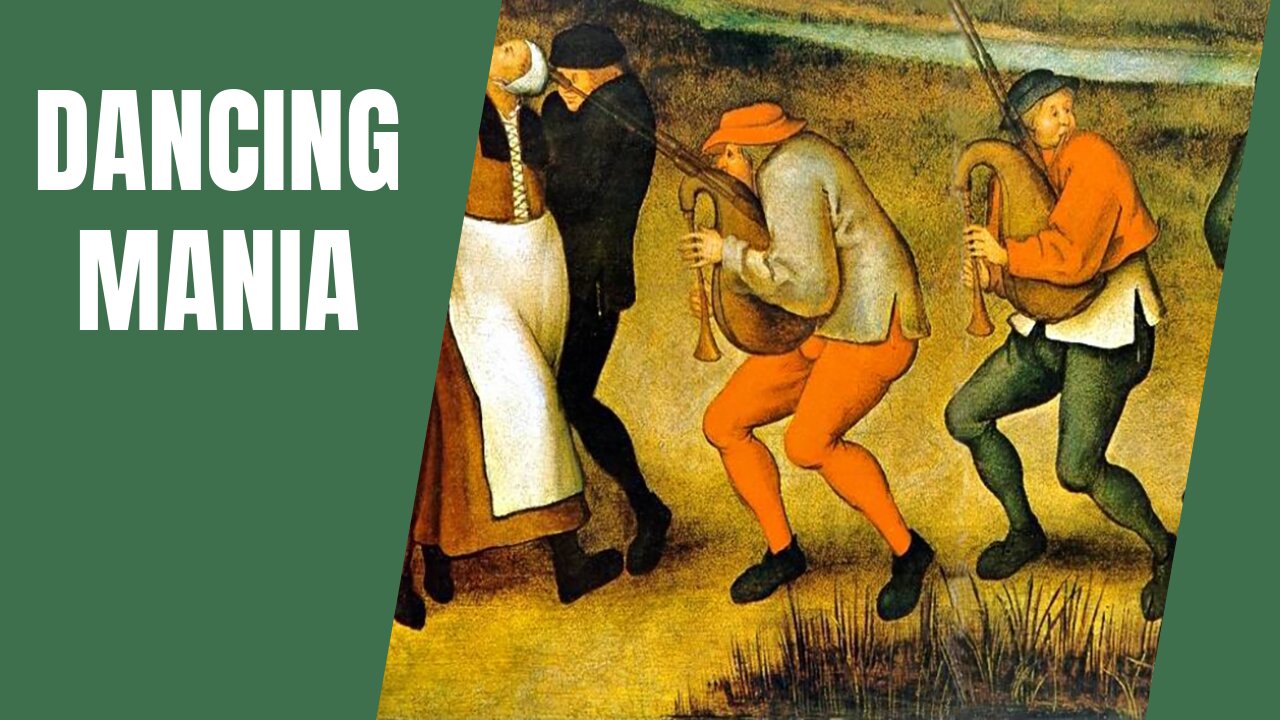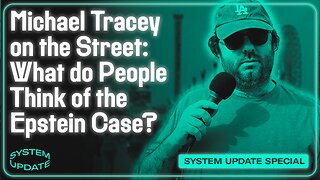Premium Only Content

The Dancing Mania: Unraveling the Mystery of Mass Hysteria
Throughout history, there have been strange occurrences that have baffled and captivated societies across the globe. One such enigmatic phenomenon is the dancing manias, also known as dancing plagues or choreomania, which emerged in various European regions during the late Middle Ages and Early Modern period.
The dancing manias first appeared in the 14th century and reached their peak in the 16th and 17th centuries. These episodes involved groups of people, often numbering in the hundreds or even thousands, who would start dancing uncontrollably in the streets. These dancing outbreaks were not lighthearted or celebratory, but rather bizarre and frenzied, lasting for days, weeks, or even months.
During the dancing manias, those affected were unable to control their movements and continued to dance despite exhaustion, dehydration, and physical injuries. These episodes often led to severe consequences, with some individuals even dancing themselves to death.
Numerous theories have been proposed to explain the dancing manias, but no single cause has been definitively established. Some scholars attribute the outbreaks to religious fervor or spiritual possession, suggesting that the dancers were engaged in a form of ecstatic ritual or seeking divine intervention. Others believe that the dancing manias were a form of mass hysteria, triggered by social and psychological factors, such as stress, anxiety, or collective delusion.
Some researchers have also pointed to possible medical explanations, including neurological disorders, such as epilepsy or encephalitis, or toxicological causes, such as ingestion of hallucinogenic substances or ergot poisoning from contaminated rye.
Regardless of the underlying cause, the dancing manias left a lasting impact on European society, influencing art, literature, and medical discourse of the time. These episodes were often interpreted as divine punishment, and religious authorities sometimes attempted to exorcise the "possessed" dancers through rituals and prayers.
The dancing manias continue to intrigue historians, psychologists, and medical researchers, sparking debates about the nature of mass hysteria and the complex interplay between psychological, social, and cultural factors in shaping human behavior.
Photo credits: Wellcome Library, London, Arnoldius, Radek Kucharski
Music theme - Trumpets in Your Ears by Wowa & Chris Rede @unminus.com
-
 43:55
43:55
pewculture
6 days ago $0.17 earnedIf the Purge was real, this is what we'd do... - EP#24
1.89K3 -
 8:14
8:14
MattMorseTV
1 day ago $8.38 earnedTrump just DROPPED the HAMMER.
47.3K58 -
 LIVE
LIVE
Lofi Girl
2 years agoSynthwave Radio 🌌 - beats to chill/game to
531 watching -
 22:39
22:39
BlabberingCollector
7 hours agoThe Alphabet Mafia Is Mad At JK Rowling AGAIN
1.05K2 -
 5:30:52
5:30:52
SpartakusLIVE
8 hours agoDuos w/ @GloryJean || #1 Masculine Muscle MASS sears YOUR retinas with MIND BENDING content
197K3 -
 3:05:49
3:05:49
TimcastIRL
7 hours agoNew DOCS PROVE Obama Hillary CONSPIRACY To SABOTAGE Trump Admin | Timcast IRL
211K87 -
 2:29:36
2:29:36
Laura Loomer
7 hours agoEP136: YOU'RE FIRED! White House Vetting Crisis Continues
52.4K33 -
 8:07
8:07
MattMorseTV
7 hours ago $5.51 earnedTrump just LOWERED PRICES by 75 PERCENT.
31.4K32 -
 LIVE
LIVE
Misfit Electronic Gaming
10 hours ago $3.68 earned"LIVE" "Blind Descent' +"Dollhouse of Dead" Playtest 10 Followers till we hit 1000! We CAN do this!
508 watching -
 21:53
21:53
Glenn Greenwald
9 hours agoMichael Tracey on the Street: What Do People Think of the Epstein Case?
124K57